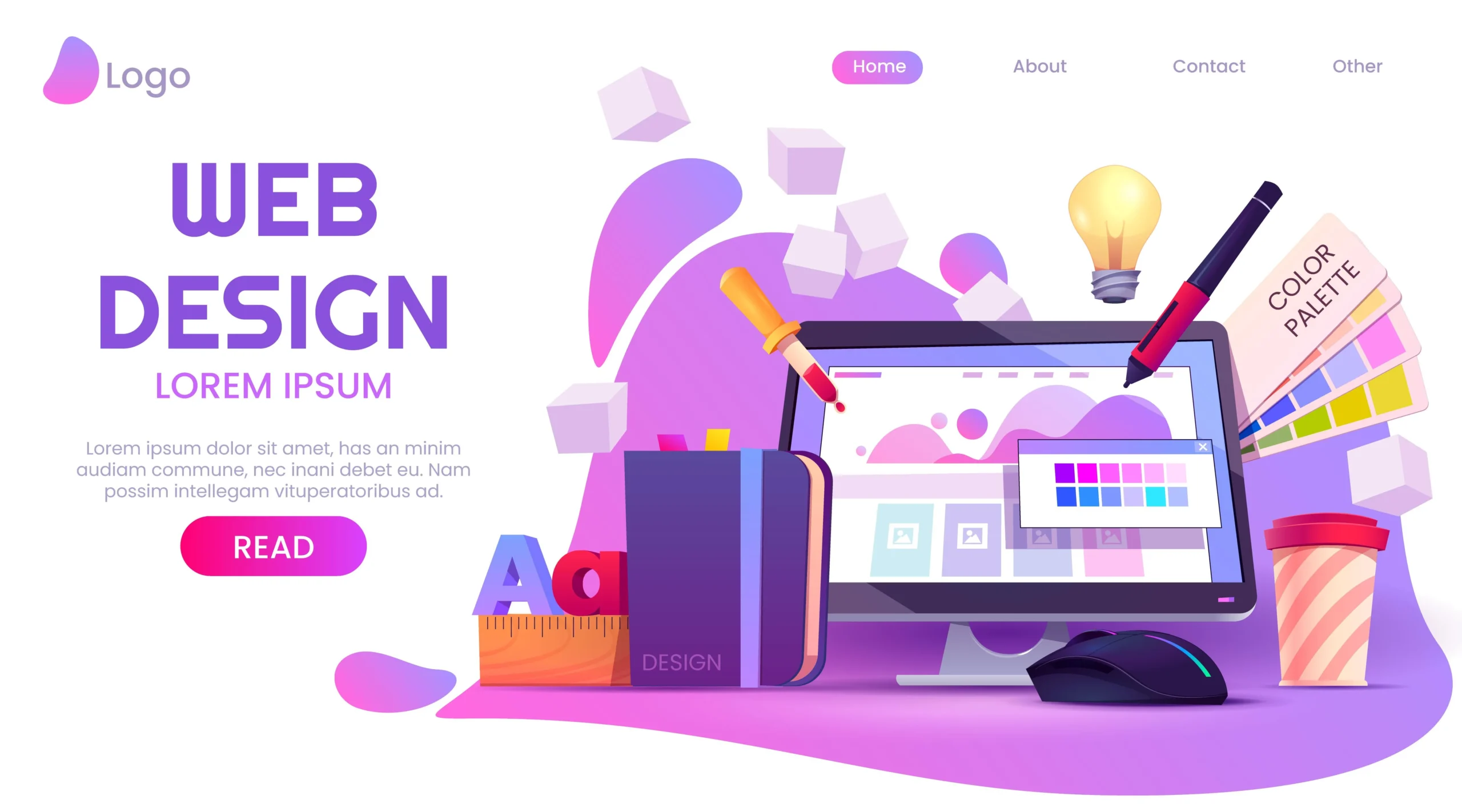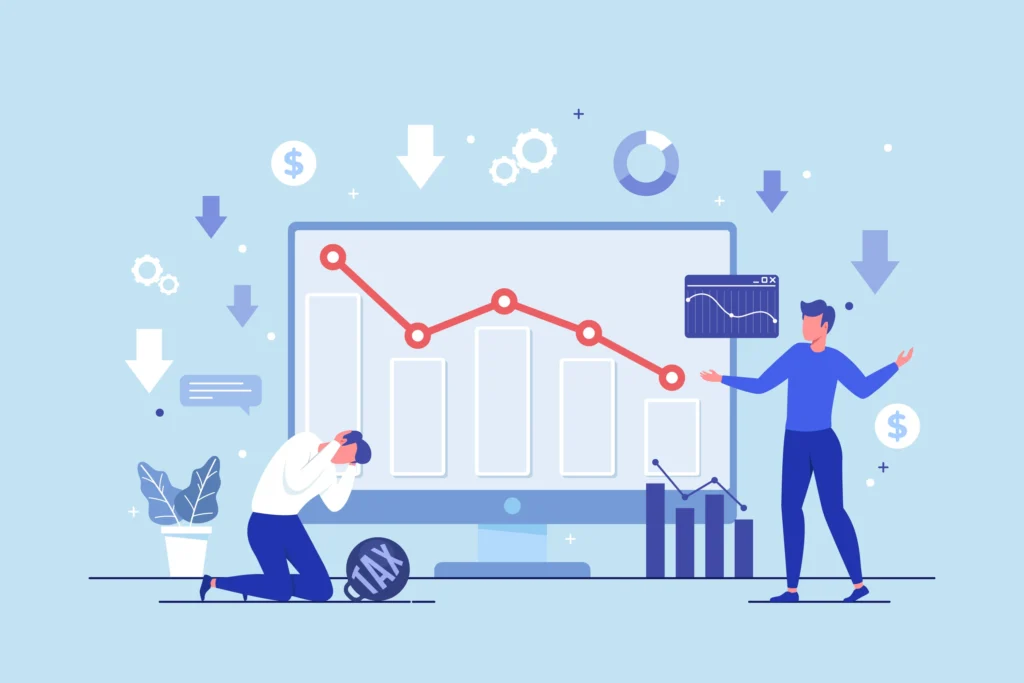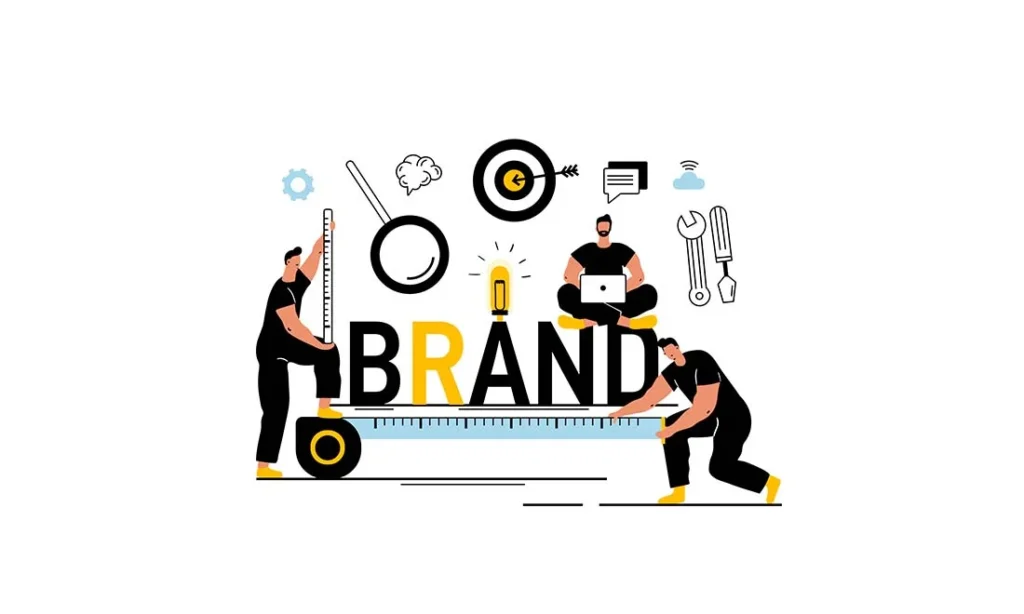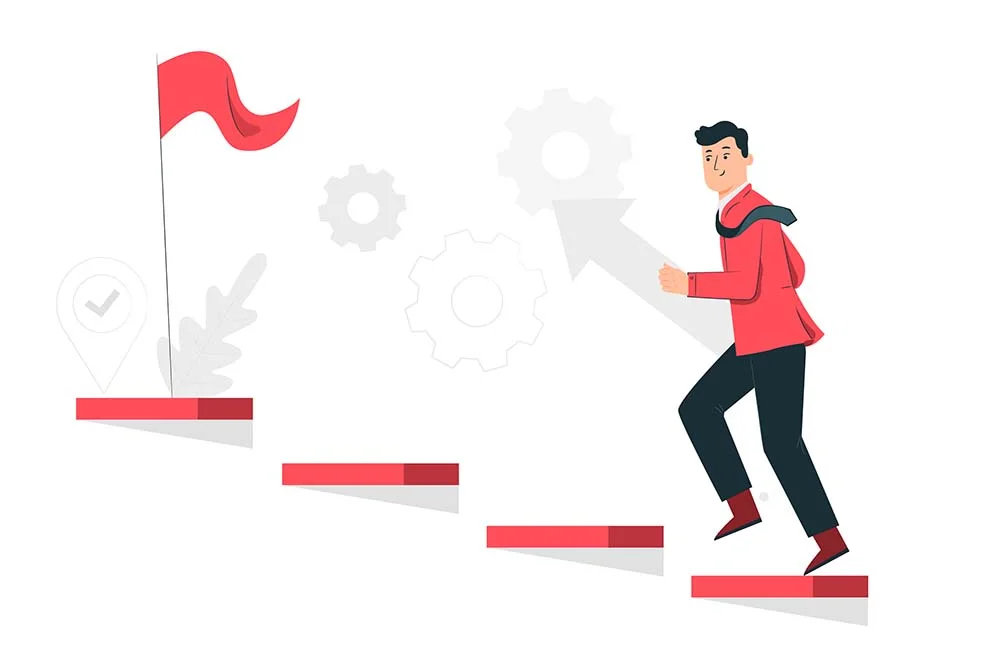Address
DHA Phase 5 Lahore.
Work Hours
Monday to Friday: 11AM - 9PM
Weekend: 11AM - 6PM

Is your website feeling a little outdated? Are you noticing a decline in traffic and conversions? It may be time for a website redesign! In this fast-paced digital world, having an effective online presence is essential to stay ahead of the competition.
A well-designed website not only improves user experience but also boosts your brand image and drives more organic traffic. So, if you’re ready to revitalize your online presence and take your business to new heights, keep reading! In this blog post, we’ll explore the signs that indicate it’s time for a website redesign, the benefits of doing so, and steps you can take for a successful redesign process. Let’s dive in!

Outdated design and technology can be a major factor in determining whether it’s time to redesign your website. In today’s fast-paced digital world, trends and technologies are constantly evolving, and if your website is stuck in the past, it can have a negative impact on your brand image
First impressions matter, especially when it comes to your website. If visitors arrive on your site and are greeted with a dated design that looks like it hasn’t been updated in years, they may question the credibility of your business. A modern, visually appealing design helps establish trust with potential customers from the moment they land on your site.
In addition to aesthetics, outdated technology can also hinder the functionality of your website. Slow loading times, broken links, or compatibility issues with newer devices can frustrate users and drive them away from your site. With advancements in web development tools and coding languages, there are now more efficient ways to create websites that offer seamless user experiences.
Furthermore, an outdated design may not align with current web standards for responsive design. Mobile responsiveness is crucial as more people access websites through their smartphones or tablets. If your website doesn’t adapt well to different screen sizes or lacks mobile-friendly features such as easy navigation or touch-friendly buttons, you could be losing valuable traffic and potential conversions.
In conclusion, keeping up with modern design trends and adopting new technologies is essential for maintaining a competitive edge online.
By regularly evaluating the design and technology of your website, you can identify areas for improvement and ensure that you’re providing users with an engaging experience across all devices.
A professional redesign by an experienced agency can help transform an outdated site into one that reflects current industry standards and meets the needs of both users and search engines.
Remember, your website serves as a virtual storefront for attracting customers, so don’t let obsolete design elements hold you back from reaching success online!

When it comes to website design, user experience is paramount. If your website fails to provide a positive and intuitive user experience, it’s definitely time for a redesign.
One of the most common signs of poor user experience is high bounce rates. If visitors are landing on your site and quickly leaving without engaging further, it’s clear they’re not finding what they need or expect.
Another indicator of poor user experience is slow loading times. In today’s fast-paced digital world, users have little patience for websites that take forever to load. A slow website can lead to frustration and abandonment by potential customers.
Confusing navigation is also detrimental to the user experience. If visitors struggle to find their way around your site or get lost in a maze of menus, they’re likely to give up and look elsewhere for information or products/services.
Additionally, if your website lacks responsive design and doesn’t adapt well across different devices, you’re alienating a significant portion of potential users who predominantly browse the internet on mobile devices.
In conclusion:
Poor user experience can have detrimental effects on your online presence and business success. By addressing these issues through a website redesign, you can create a more seamless and enjoyable browsing experience for your audience.

Decline in website traffic and conversions can be a clear indicator that it’s time for a website redesign. If you notice that your website is not attracting as many visitors as it used to, or if the number of conversions has significantly dropped, it’s crucial to take action.
One possible reason for this decline could be an outdated design. A visually unappealing and cluttered website can turn potential customers away. Additionally, slow loading times caused by old technology can frustrate users and drive them to seek alternative options.
Another factor to consider is poor user experience (UX). If your website isn’t intuitive or easy to navigate, visitors may struggle to find what they’re looking for and leave without taking any desired actions. A confusing checkout process or broken links can also contribute to a decline in conversions.
Inconsistent branding and messaging across your website may confuse visitors and diminish their trust in your brand. It’s important to ensure that all elements of your site align with your overall brand identity and communicate a clear message.
Mobile responsiveness issues are another red flag. With the increasing use of smartphones and tablets, having a mobile-friendly website is essential. If your site doesn’t adapt well to different screen sizes or lacks responsive design features, you risk losing potential customers who prefer browsing on mobile devices.
By redesigning your website, you have the opportunity to address these issues head-on. A fresh design with modern technology will not only attract more visitors but also enhance user experience and encourage higher conversion rates.
Remember that every business is unique, so there isn’t a specific timeframe for when you should redesign your site – it depends on various factors such as industry trends, changes in user behavior, or updates in search engine algorithms.
The cost of a website redesign varies depending on the complexity of the project and whether you hire an agency or do it yourself. It’s always recommended to consult with professionals who specialize in web design services before making any decisions regarding budget and timeline.
A decline in website traffic and conversions is a clear Indication.

Inconsistent branding and messaging can cause confusion among your website visitors. When the branding elements such as logo, colors, fonts, and overall style are not consistent throughout your website, it can make your brand look unprofessional and unreliable.
Moreover, inconsistent messaging can also lead to a lack of clarity in communicating your value proposition and offerings to your target audience. If different pages on your website have conflicting information or if the tone of voice varies across different sections, it can create a sense of doubt and mistrust.
To ensure a cohesive brand image and clear messaging, consider redesigning your website. A professional web design agency can help you align all aspects of branding and messaging by creating a visually appealing layout that reflects your brand identity consistently.
By revamping the design elements, you not only enhance the visual appeal but also reinforce trustworthiness. A well-designed website with consistent branding gives off an impression that you pay attention to detail and take pride in what you do.
Consistent messaging ensures that visitors understand who you are as a business right from their first interaction with your site. It helps establish credibility while effectively conveying important information about products or services.
Investing in a website redesign will bring multiple benefits:
making it worth considering for businesses looking to maintain relevance in today’s competitive digital landscape.

Mobile responsiveness is a crucial aspect of any modern website. With the increasing use of smartphones and tablets, it’s important for your website to adapt seamlessly to different screen sizes. If your website is not mobile-responsive, it can lead to a poor user experience and ultimately drive visitors away.
One sign that it’s time to redesign your website is if you’re experiencing mobile responsiveness issues. This means that when users access your site on their mobile devices, the layout may appear distorted, images may not load properly, or buttons and links may be difficult to click on.
These issues can be frustrating for users and can make it difficult for them to navigate through your site. It can also negatively impact your search engine rankings since Google now prioritizes mobile-friendly websites in its search results.
To ensure an optimal user experience across all devices, consider investing in a responsive web design. This will allow your website to automatically adjust its layout based on the device being used without compromising functionality or aesthetics.
By addressing mobile responsiveness issues with a website redesign, you’ll improve usability for visitors accessing your site from various devices and increase the chances of converting them into loyal customers.

A website redesign can bring numerous benefits to your business. By refreshing the design and functionality of your website, you can enhance user experience, improve search engine rankings, and increase conversions. Here are some key benefits of investing in a website redesign:

In today’s digital landscape, a website is the face of your business. It serves as an essential tool for attracting and engaging customers. However, if you notice any of the signs mentioned in this article, it may be time to consider a website redesign.
Outdated design and technology can make your website appear unprofessional and hinder user experience. A decline in traffic and conversions indicates that your current design is not effectively capturing attention or driving action. Inconsistent branding and messaging can confuse visitors and dilute your brand identity.
Additionally, mobile responsiveness issues can lead to frustration for users accessing your site on smartphones or tablets. This could result in missed opportunities for engagement and sales.
A well-executed website redesign offers several benefits such as improved aesthetics, enhanced user experience, increased visibility on search engines, better conversion rates, consistent branding across all platforms, and compatibility with mobile devices.
To ensure a successful website redesign process:
Remember that a website redesign should be an ongoing process rather than a one-time event. Regularly monitor performance metrics after launch to identify areas that need improvement or further iteration.
If you’re unsure about how often you should update your site or are overwhelmed by the technical aspects involved in a redesign project – don’t worry. Consider partnering with Tayyab Web Works a reputable website redesign agency that can guide you through the process.